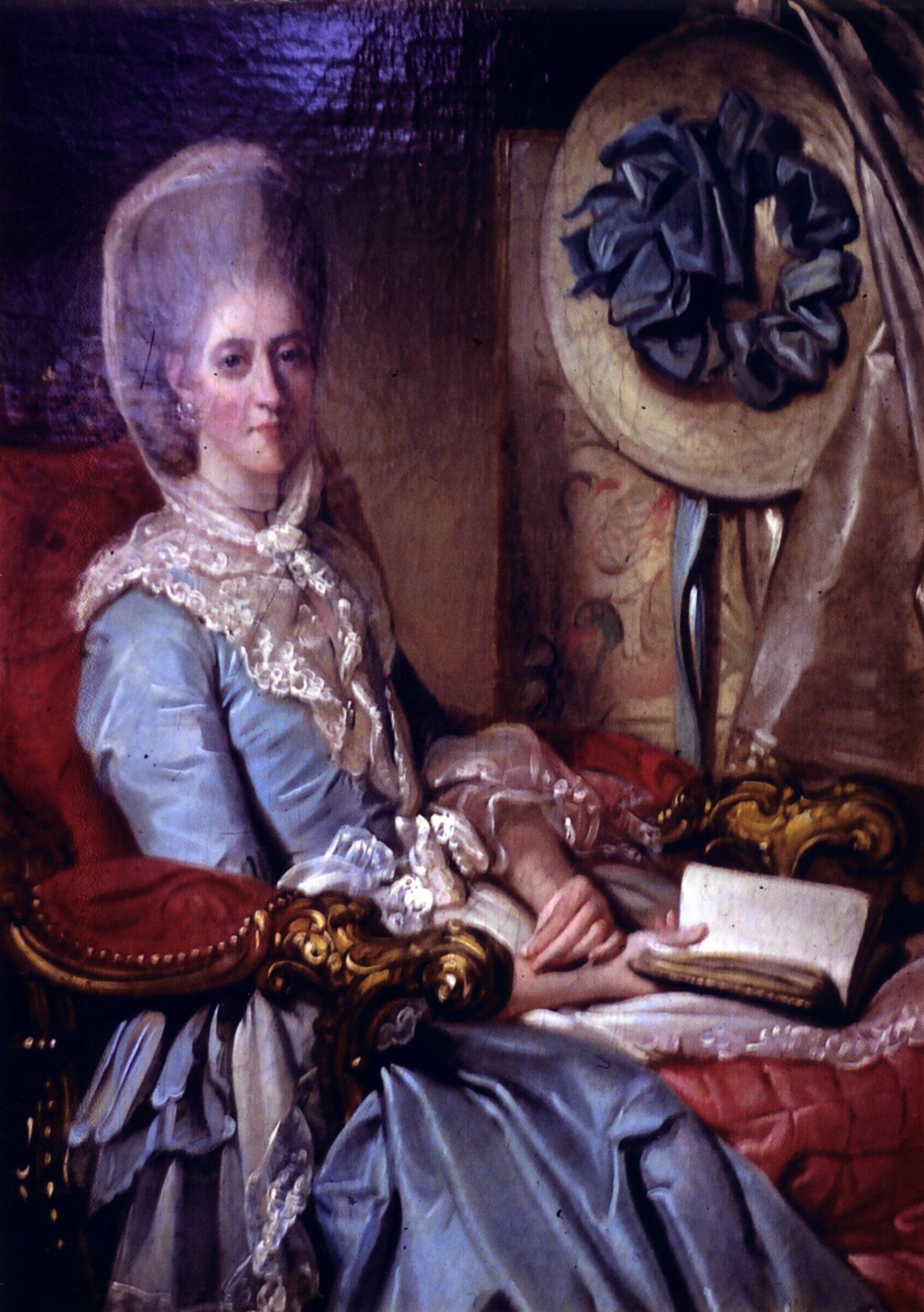Eliza Draper: an Absent Presence
Shandy Hall 29 April – 29 June 2012
This is an exhibition about absence. It is full of emptiness.
The central figure, Eliza Draper, has had a significant influence at Shandy Hall, though she never came here. She is an absent presence in the room that was created for her.
The original letters between her and Laurence Sterne also do not exist. There are only copies of Sterne’s side of the correspondence, and forgeries on the other side – Eliza’s replies have never been found.
The ship on which she sailed, the Earl of Chatham, does not exist – it sank after its first voyage and no pictures or plan of it can be found.
Here is only a conjectural impression of the cabin in which Eliza sailed back to India, based on the presents which Laurence Sterne gave her before she left. Ten hooks (empty) upon which to hang her necessaries. A piano which doesn’t play.
********
Laurence Sterne, vicar of Coxwold, celebrity author of The Life and Opinions of Tristram Shandy, met Eliza Draper, a handsome, cultured and intelligent young woman, in 1766 at the house of a London friend.
He wrote that they “took fire at each other at the same time…” and they spent much of the next three months together in a relationship which for Sterne soon became all-consuming.
They exchanged pictures, and when Eliza had to sail back to India 3 months later, they undertook to write to each other. It may be hard to remember, in these days of instant communication, that in the 18th Century a journey half-way across the world often meant separation forever.
Sterne wrote to her every day. His letters were developed into The Journal to Eliza, a fictionalised chronicle of their relationship, “a Diary of the miserable feelings of a person separated from a Lady for whose Society he languish’d”. This work shows a different side of Sterne from the witty high-spirited author of Tristram Shandy.
Sterne’s health was never strong and it fast deteriorated. He longed for Eliza, he wept for her, he even made a ‘sweet little apartment’ for her at Shandy Hall, which is known as ‘Eliza’s room’ to this day. He slipped into a fantasy that Eliza would one day become his wife.
“Not Swift so loved his Stella, Scarron his Maintenon, or Waller his Sacharissa, as I will love and sing thee, my wife elect! All those names, eminent as they are, shall give place to thine, Eliza.”
Both Sterne and Eliza were already married. Sterne’s wife had gone to live in France with Lydia, their daughter. Eliza had been married at the age of 14 to a man 30 years her senior. They were not well-matched. Eliza was twenty-three, Sterne was fifty-four and a clergyman.
The world could describe this controversial and intriguing relationship in many ways:
“Lonely man, separated from wife and daughter, sees substitute for both in handsome young woman”.
“Married vicar in scandalous affair with another man’s wife”
“Writer with an eye to publication works up brief flirtation to write bestseller”
“Emotional consumptive mistakes tearful weakness of his illness for the pangs of love”
“One of the world’s great tragic love stories”
“Deluded middle-aged man falls for woman half his age”
“Dying writer meets cultured and intelligent woman. A true meeting of minds leads to great literary work”
What to make of this extraordinary relationship? We have few facts. We have the feelings expressed in the writings, and a fictionalised version of the story in the Journal. But what went on in the hearts and minds of those two individuals we can never really know.
Sterne preached many sermons against judging others, stressing instead the importance of searching our own hearts and consciences to ensure they are true.
They never saw each other again. Sterne died in March 1768. We are left with an empty room, one side of a correspondence, and a work of fiction.
“I have brought yr name Eliza! and Picture into my work —
where they will remain — when you and I are at rest for ever.”
Copies of Yorick’s letters to Eliza in the collection at Shandy Hall.
© The Laurence Sterne Trust
A Lady surprised to have found her name written on a tree’ by John Downman 1779. It is probably a fanciful portrait of Eliza Draper. (Laurence Sterne: The Later Years, Arthur H. Cash 1986)
© The Laurence Sterne Trust
Eliza Draper by Richard Cosway c.1777 (Private Collection). Used with the kind permission of the owner.
© The Laurence Sterne Trust
Sterne’s Eliza by Wright and Lutley Sclater pub. Heinemann 1922
© The Laurence Sterne Trust
‘Letters from Yorick to Eliza’ from the collection at Shandy Hall.
© The Laurence Sterne Trust




